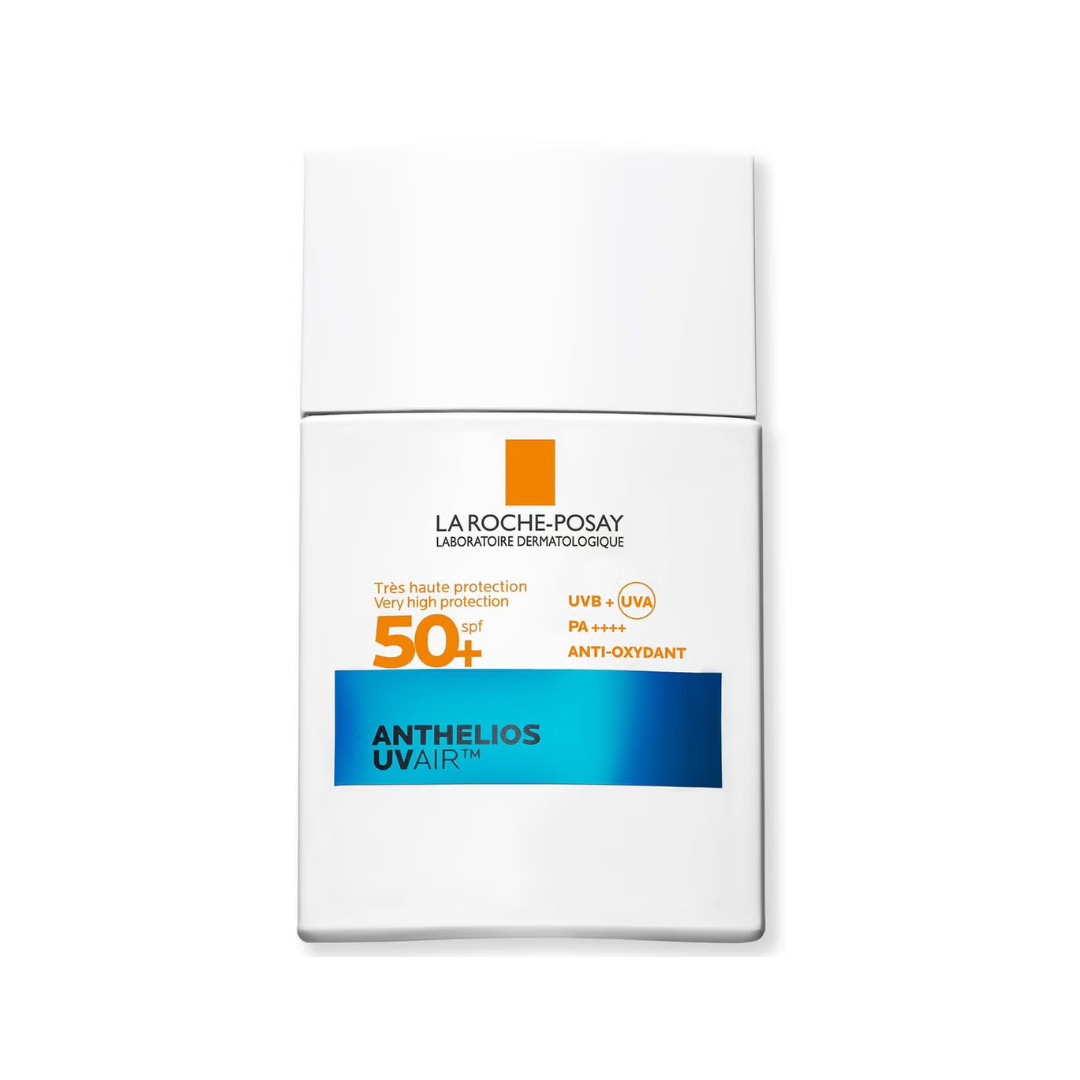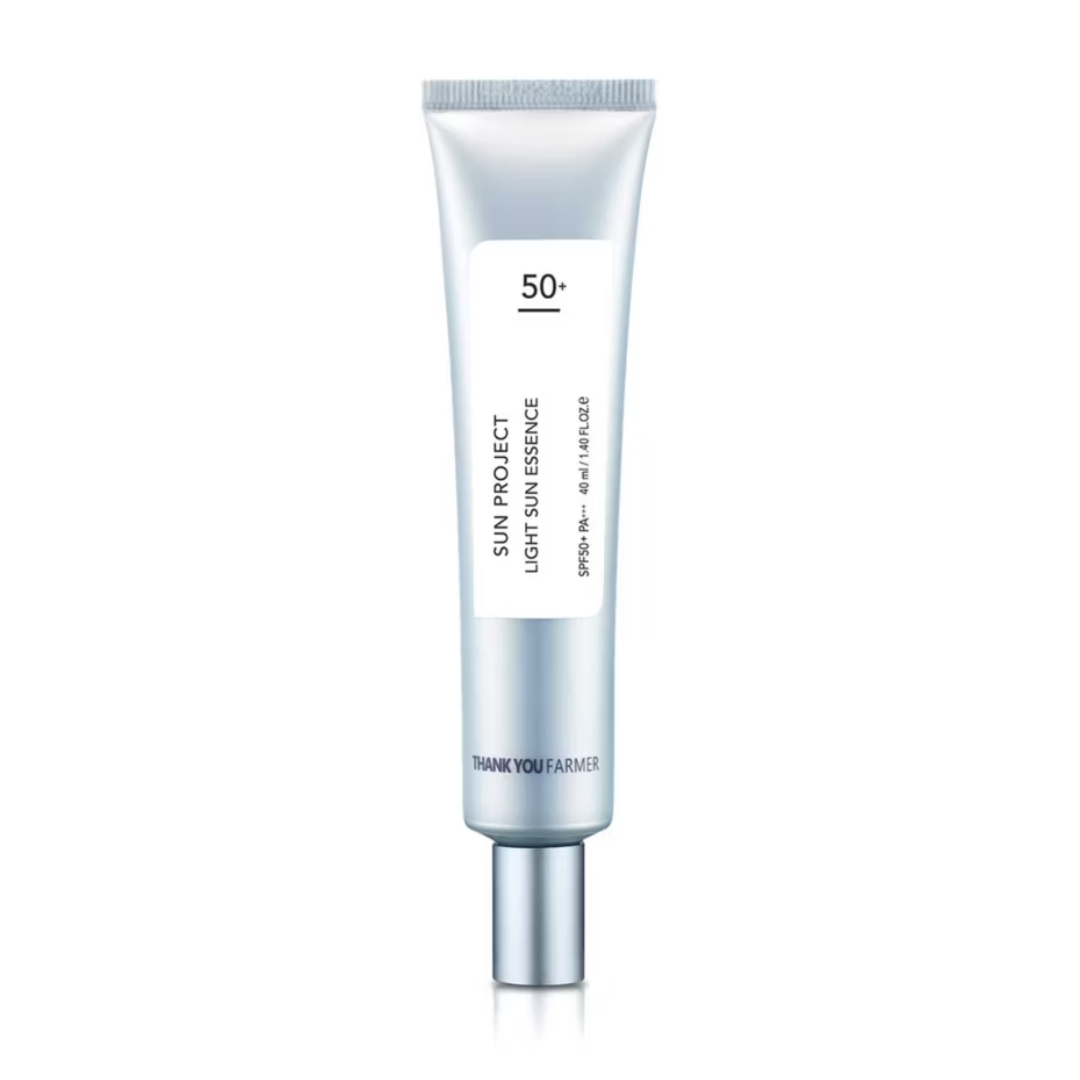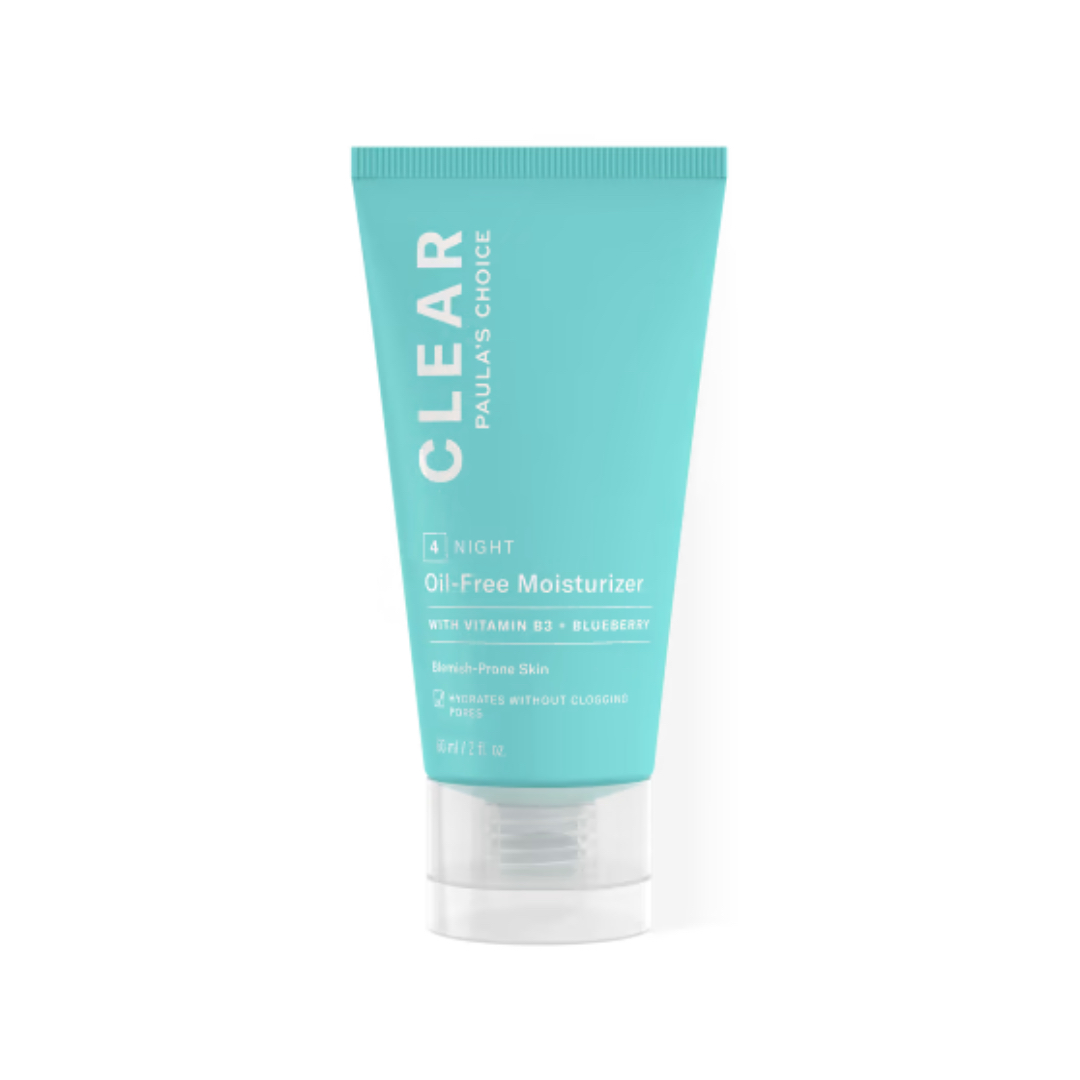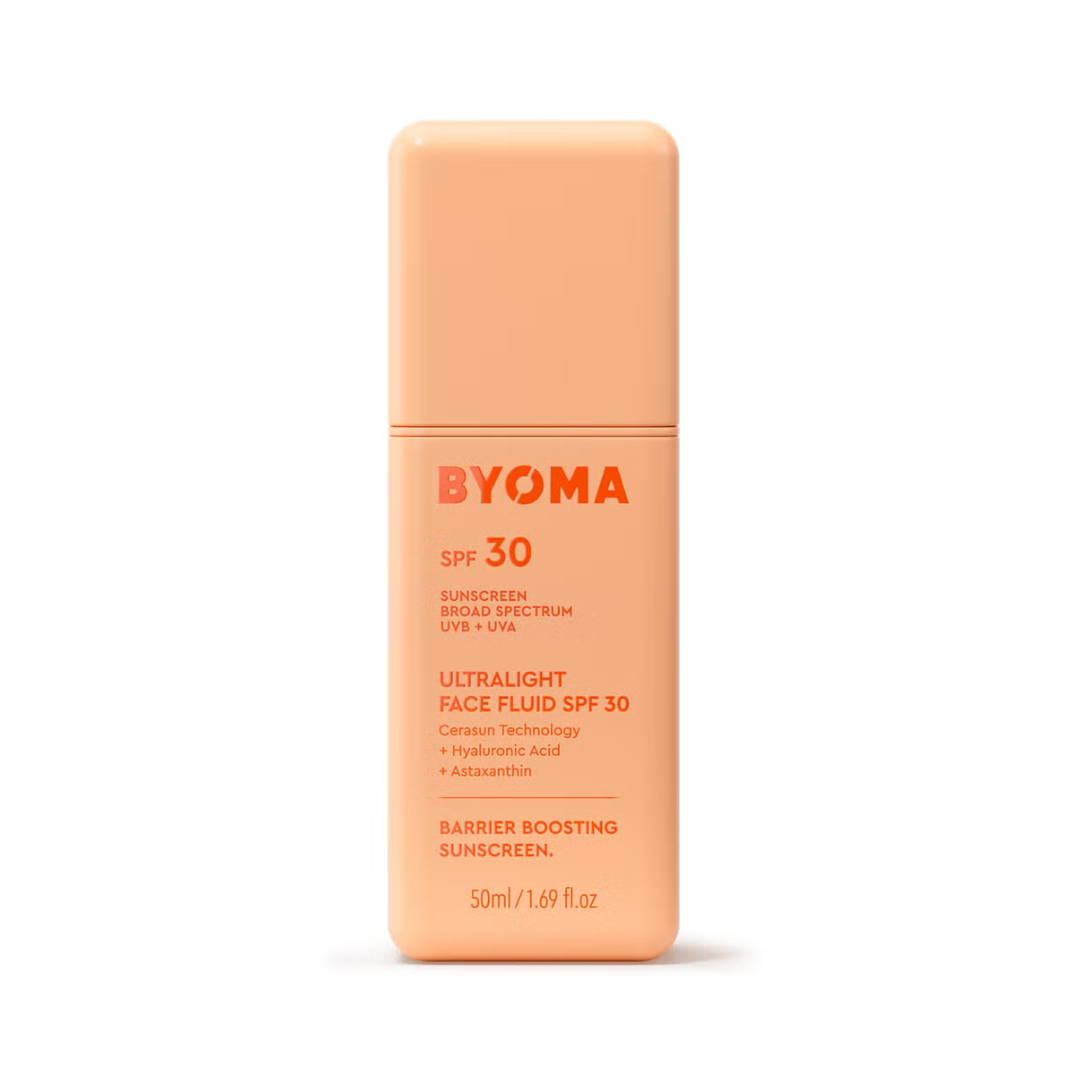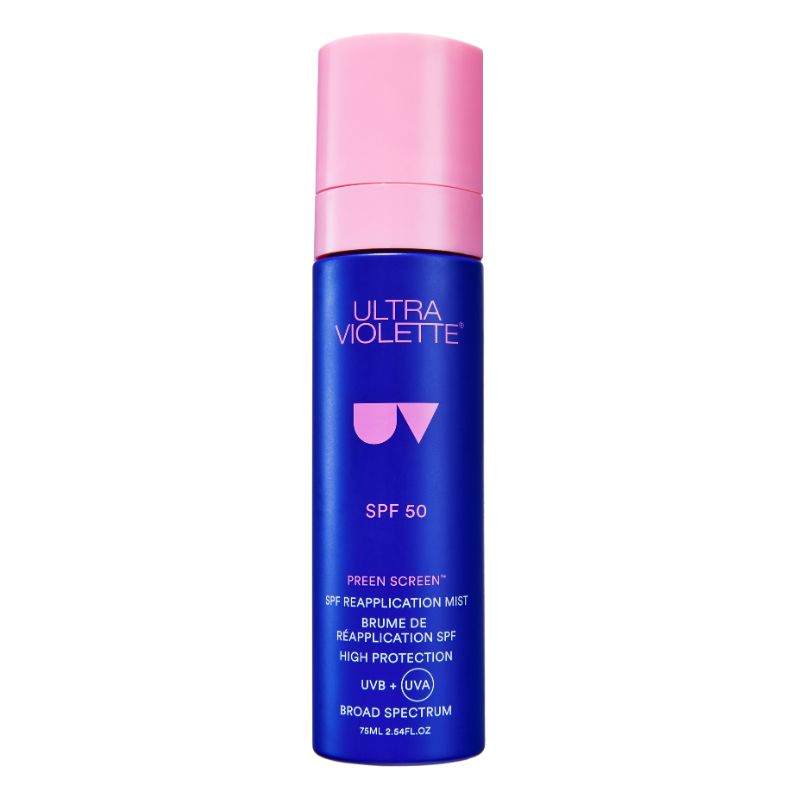I took 15 flights last year – here’s why you should always wear SPF on a plane
Trust me, more people should know about this...
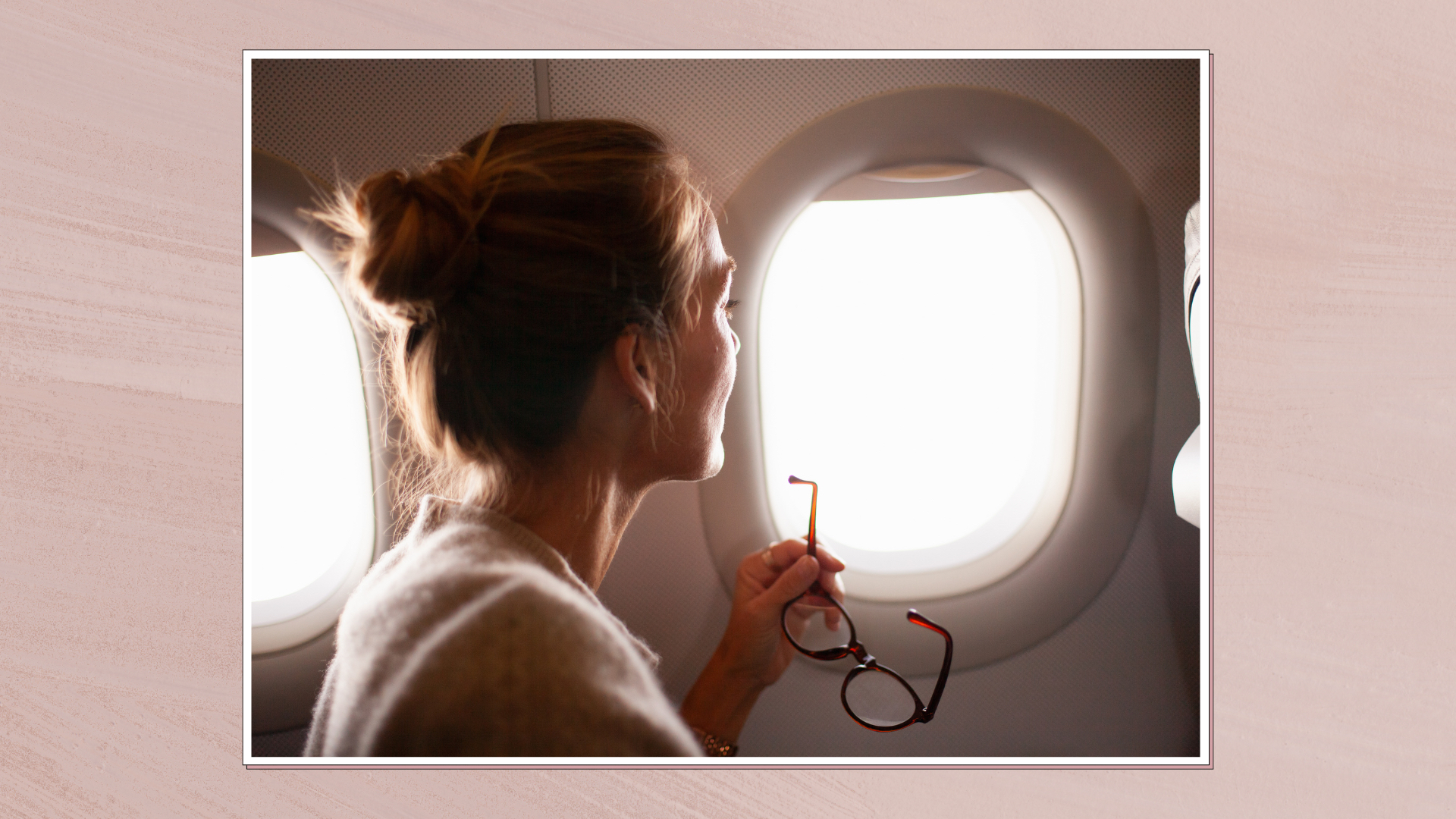

Summer holidays mean switching off from the moment you step aboard a plane. Turning your phone off and blocking out the real world comes with its perks, but there’s one surprising thing you should never step back from while up in the clouds.
Most skincare enthusiasts understand that cabin air can be notoriously dry and bad for the skin barrier. Indeed, as someone who’s been on 15 flights in the past year (most of which were long-haul), the first thing I’ll always do is take off any makeup, double cleanse and apply hydrating serums and creams to nourish my skin. But one thing I never really realised the importance of was my best facial sunscreen.
As I have now learnt, however, taking a break from sunscreen while in transit is simply not an option. It’s one of the most important places you should wear it. Here’s why, according to dermatology’s leading voices…
Should you wear SPF on a plane?
Spoiler alert: as you may have already realised, I’m writing this to urge you to remember sun protection while up in the air.
“UV radiation intensifies at altitude (thanks to a thinner atmosphere) at a rate of about 10% for every 1,000 meters. At cruising altitude (approx. 35,000 ft), you’re exposed to up to 60–80% more UV than on the ground,” explains Dr Sidra Khan, consultant dermatologist and skin ageing researcher.
As an example, she points to a 2015 study, which alarmingly found that pilots and cabin crew have twice the risk of skin cancer compared to the general population, due to their elevated levels of sun exposure. UVA rays, which can penetrate both clouds and windows, are also one of the biggest contributors to premature ageing and cellular DNA damage, meaning you’re at higher risk for this, too.
For this reason, every skin expert I spoke to clearly stated that wearing SPF on planes is not only a recommendation, but an essential. Anyone who flies frequently, likes to sit near the window or does long-haul often (and during the daytime) should especially take care.
Sign up to our free daily email for the latest royal and entertainment news, interesting opinion, expert advice on styling and beauty trends, and no-nonsense guides to the health and wellness questions you want answered.
Consider also, as Dr Christine Hall, A&E Doctor and Aesthetic Doctor at the Taktouk Clinic says, that “our skin is more dehydrated at altitude and with this comes a compromise of the skin barrier and the risk of even more damage.” In short, it needs extra special care when in a more vulnerable state, making SPF a must.
When to apply and top up SPF on board
Approach your SPF application for the plane like you would a regular day. “Apply sunscreen as part of your morning skincare routine before heading to the airport. Use plenty: two finger lengths for your face and another one to two for the neck and décolletage,” begins Dr Hall.
If you do your skincare routine afresh once on the plane, finish with another layer. Then, keep skin topped up as you would on the ground: regularly. “SPF breaks down with friction (think scarves, neck pillows, headrests) so reapply every two hours during your flight,” she says. Upon arrival, a final top-up is a good idea if you land during the daytime, particularly if you’re visiting a hot destination.
And remember, wearing sunscreen is a great step, but there's more you can do for complete protection. “If you are sitting next to the window, keep the blind pulled down if able and wear a long-sleeved top,” advises Dr Khan.
How do you protect skin on a flight without clogging pores?
I like to see a long flight as time to let my acne-prone skin rest, only using products that cleanse, nourish and hydrate. So, how can you ensure your face is protected while avoiding clogged pores? Don’t worry, there’s a way.
“Cabin air is notoriously dry, which can strip moisture from your skin and compromise the skin barrier. At the same time, layering heavy occlusive products can trap sweat, oil, and bacteria, increasing the risk of breakouts,” explains Dr Khan. “The key is to strike a balance between hydration and breathability.”
“Look for lightweight sunscreens with low comedogenic [pore clogging]-risk ingredients. Ideal formulations contain humectants (like hyaluronic acid or glycerin) to draw in water, and barrier-repair ingredients (such as low-strength niacinamide or panthenol) to support skin function. Some also include antioxidants like vitamin C or vitamin E to combat in-flight oxidative stress.”
Dr Rishi Mandavia, Managing Director at Doctors Tatiana + Rishi Advanced Aesthetics, adds that texture and formulation are both important in finding the best sunscreen for oily skin. “Choosing SPFs that are breathable, hydrating, and don't feel greasy or suffocating over long periods will be best for your skin.”
Lastly, it’s about what you pair your SPF with. Sun protection should always go last in your routine, with – as Dr Hall suggests – some added extras: “For extra hydration, layer SPF over a hydrating serum (look for hyaluronic acid or niacinamide) and use a facial mist mid-flight to keep skin supple without disturbing your sun protection.”
My favourite in-flight suncare
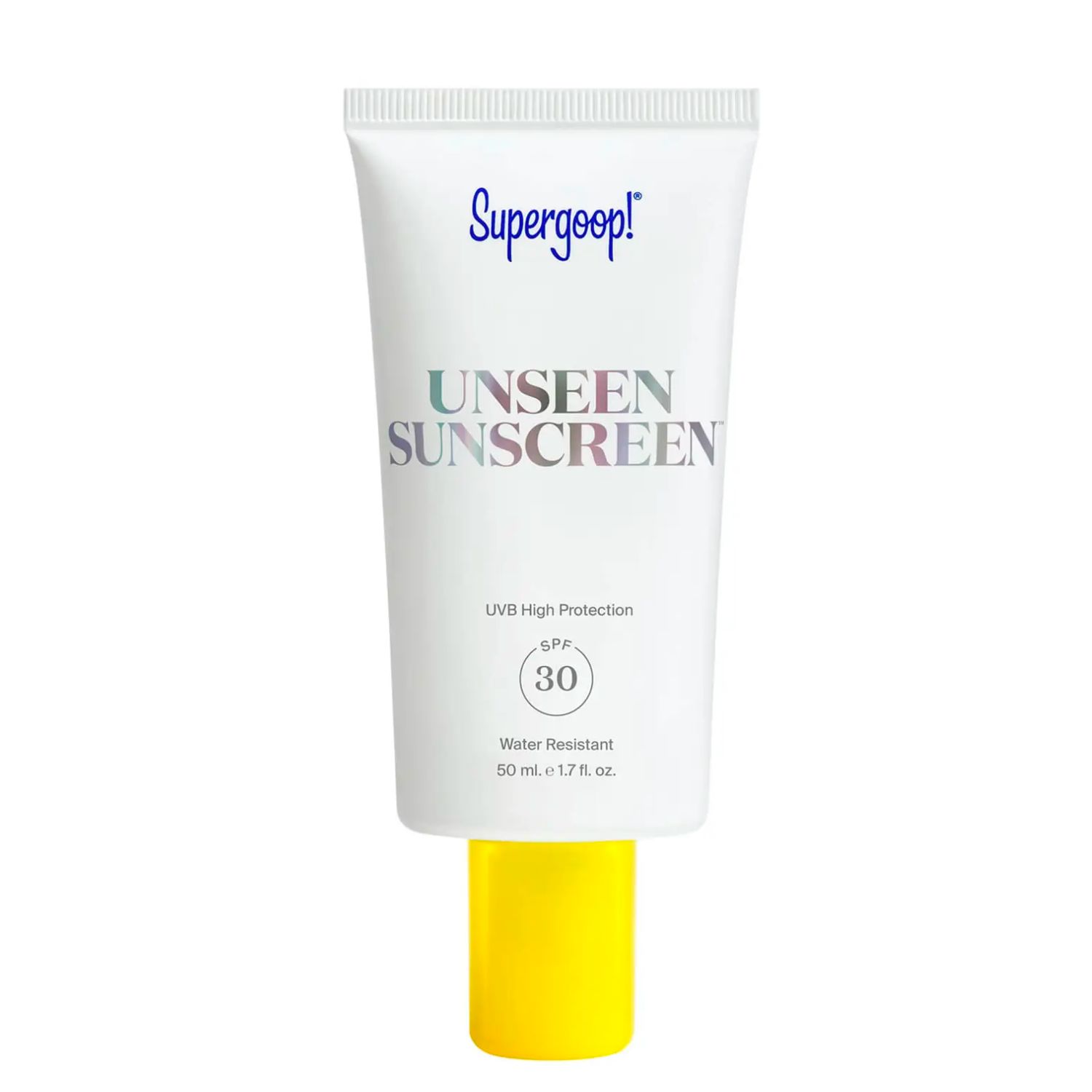
RRP: £36.50 for 50ml
Another brilliantly lightweight formulation, Supergoop!’s beloved formula sinks into skin beautifully and with ease.
Rebecca (best known as Becky) is a freelance beauty editor and features writer with a decade worth of experience in the industry. She started her career at Glamour UK and has since worked in roles at titles and brands such as Eliza, Bustle and Space NK. She has written for British, US and Australian publications, from Marie Claire and Refinery29 to Stylist and The Coveteur.
She is a keen traveller and often works on the road, covering everything from beauty and fashion to sex, love and dating. Her favourite pieces to write are first person features born from her experiences in the world. She is proudly queer, feminist and pro-choice, and advocates for mental health issues and women's rights. You can check out her work at her portfolio and on her Instagram.
You must confirm your public display name before commenting
Please logout and then login again, you will then be prompted to enter your display name.
